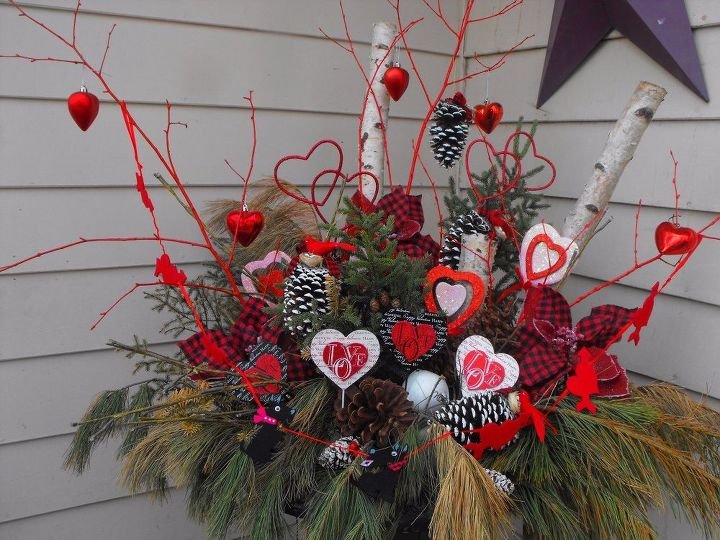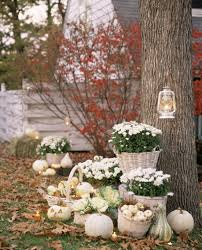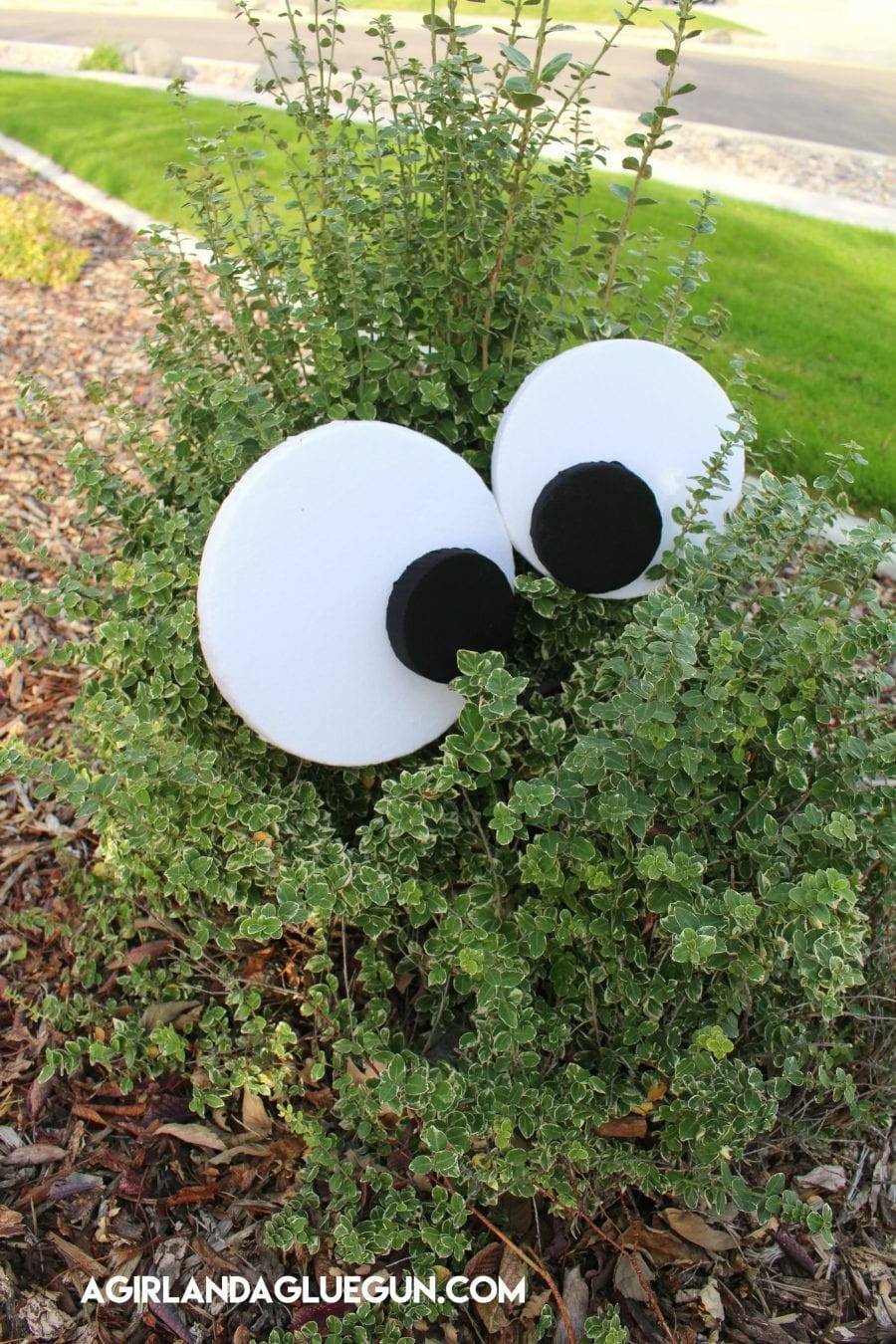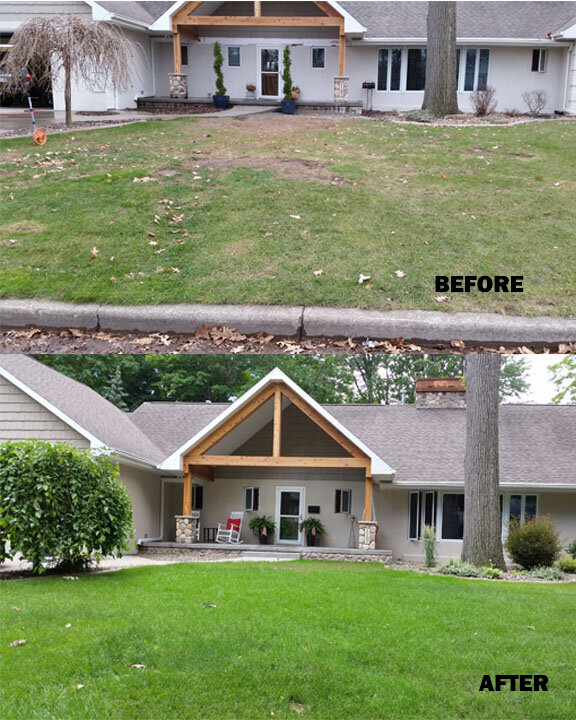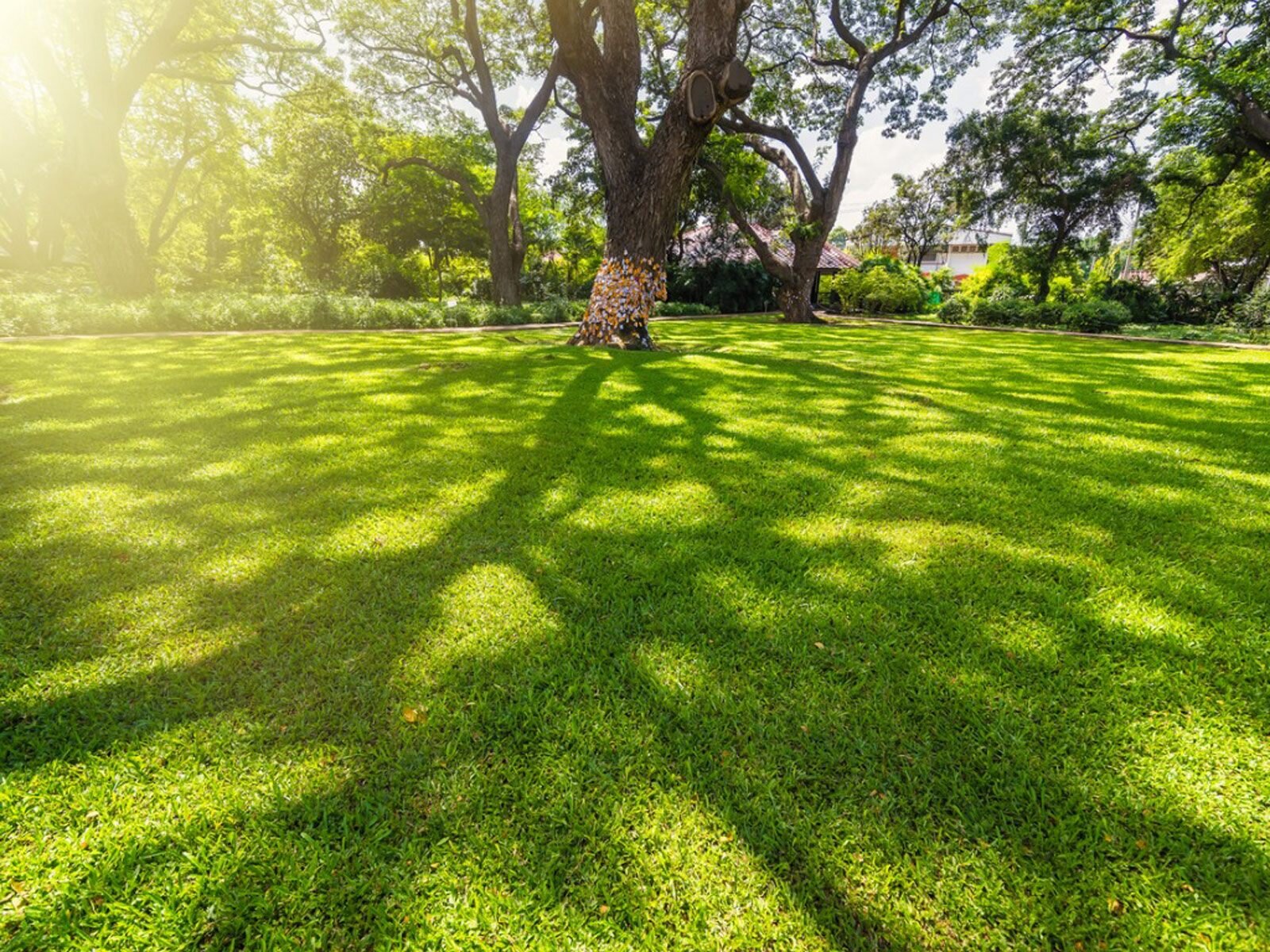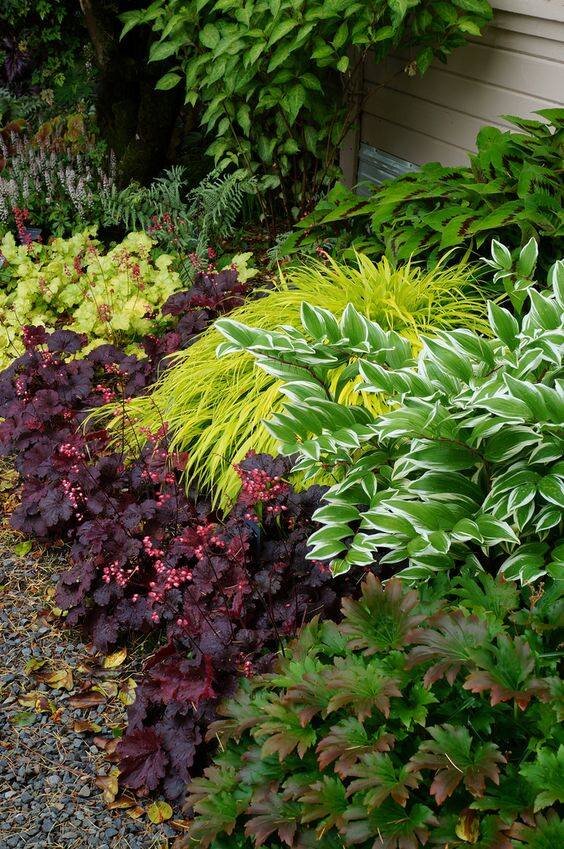Is winter dragging on too long for your taste? Extend the holiday season with fun Valentine's day container planters around the front door for winter interest! Here's a few ideas to help spark your creativity.
Winter Shrub of Interest- Golden Threadleaf False Cypress
Looking to add winter interest to your landscape this upcoming season? The threadleaf (filifera) false cypress shrubs boast showy, greenish-gold to gold colors through the whole season. Being extremely cold hardy as well makes this the perfect Wisconsin shrub addition to your yard! For more information on the threadleaf golden false cypress, check out this link. https://www.thespruce.com/shrubs-with-golden-foliage...
Merry Christmas
The staff here at D&D Excavating & Landscape Service, Inc. wish everyone a safe and happy Christmas. We will be closed Friday 12/24 to spend time with our families.
Fun fact! If your tradition is cutting a real tree every year, determine if it is Spruce, Fir or Pine by how many needles are bundled together. Check out the image below for the answer.
Winter burn protection for evergreens
As our first heavy snowfall just wrapped up & the cold winter wind blows today, be sure you are taking the precautions needed to protect your plants from winter burn if not done yet.
Ideas for Halloween
Halloween is this weekend! If your in need of some last minute yard ideas to incorporate the holiday fun into your landscape, check out some of these creative ideas!
Fall Needle Drop
This is a reminder: Don't panic! Losing old needles in the fall is normal for some evergreens since they need to prepare for winter too. Check out this article for more information on fall needle drop.
Reason's to remove fallen leaves
With leaf removal season just around the corner, there are three main reasons why leaves should not be left for long periods of time on the ground. Other than them becoming an aesthetic eyesore and being pesky to rake check out these additional reasons why leaves can pose a problem in the yard.
1. Fallen leaves can pose a safety risk:
This is often overlooked, but leaves left lying on grass can become really slippery. Even just a little bit of water from some rain can make your client’s grass or hardscaping slick. This might not be as big a worry for residential homeowners, but it is for commercial property.
2. Leaves on the ground can become a habitat for critters:
Another problem with leaving fallen leaves on the ground for too long is that they can become an invitation for unwanted pests like lawn insects and even rodents to take up residence. These critters are often in search of a place to hid out and the cover of some fallen leaves can make a great spot.
3. Leaf cover can kill the grass and inhibit lawn care services
Another big problem with letting a bunch of leaves remain on the ground is that it can start to kill the grass. Heavy leaf cover will block the lawn’s access to sunlight. It might even block its access to water and nutrients (you certainly can’t perform a fertilization service if there’s a bunch of leaves in the way). So, you can also position leaf removal as being healthier for the lawn.
As an alternative, turning leaves into mulch can provide great benefits around the yards as well. If leaves are small, rake them directly onto planting beds. For large leaves, chop them with a mulching mower first. A mulching mower shreds leaves into tiny flakes that settle into the grass and decompose into natural fertilizer. You might have to go over some areas two or three times to completely chop up the leaves. If your lawn mower doesn’t have a mulching function, adjust the blades to the highest setting and mow right over the leaves. The best time to mow over leaves is when they are damp from the morning dew. This will prevent them from blowing around too much.
Like any mulch, you don't want to pile leaves directly against shrub or tree trunks. Instead arrange them around stems like a donut, leaving some space around stems for airflow.
Fall lawn care
Autumn is your opportunity to feed your cool-season grasses and prepare for the chilly winter months.
Fertilize: Feed your cool-season grass to encourage strong root growth. Your lawn will store up the nutrients it will need as it goes dormant during the winter.
Mow short: When late fall rolls around, adjust your lawn mower setting so that it’s approximately 1.5-2 inches shorter than you had it during the summer. In cool regions, this will help prevent snow mold, and in warm regions, falling leaves will have a harder time matting down shorter grass.
Patch/seed: The heat of the summer and less-than-ideal growing conditions may have led to some thinning areas or bare patches on your lawn. When the temperature has cooled down, patch these areas with seed to restore your lawn’s thickness. Choose a grass seed that will thrive in your region and unique lawn, making sure it can tolerate shade or full sun, as needed. Remove any dead grass and debris. Use a trowel or spade to break up the soil, then work an inch or so of compost into it to add nutrients. Spread the seed over the soil, then work it in with a rake. Place a thin layer of straw over the newly seeded area—this will protect the seeds from the elements and curious birds. For the first few weeks, water this area more regularly than your lawn. It needs several mistings per day until the grass grows an inch tall.
Growing grass in shade: Can it be done?
Late summer/early fall is a great time to install or repair lawns now that the heat of summer & the heavy weed growing season should have past. One of the biggest issues people struggle with in lawn establishment is growing grass in shade: Can it be done?
Grass in shaded areas under trees is often thin or discolored, therefore making it more susceptible to weed pressure since these areas are already struggling. While there are shade-tolerant grass types, all grass needs at least SOME sun to grow yet. With that being said, here are a few approaches to choose from when trying to grow grass in shaded areas:
-Remove the trees.
Many times people don't want to remove trees if possible, but if grass is incredibly important, then this would be the easiest first option. Once a tree or trees are removed, then it's easier to re-sod or re-seed an area for best success.
-Prune trees for more sunlight.
If tree removal is not an option, then pruning maybe a better alternative. Thinning the tree branches above will allow more light to filter through and could potentially help the grass grow better in these areas. Since you may only be allowing filtered shade to an area, then the grass could use a little extra support by the means of aeration, & fertilizing. Weed control methods will also help battle pesky weeds from trying to sprout within a shaded area.
-Consider a grass alternative.
If tree removal & tree pruning are a no go, and your grass still is struggling maybe it's time to think about installing a landscape bed or utilizing the space for seating. Mulch or decorative stone rings around tree trunks add for an aesthetically pleasing site below trees without having to deal with spotty grass in shade areas. If there are many trees with shaded grass below it, installing a fresh plant bed below them all with shade plants can really add a pop of color to a dim place in the yard. Or, if it's a high traffic shade area maybe it's time to install a small patio between shade trees with small plantings all around.
Asters- Fall perennial interst
Asters are daisy-like perennials with starry-shaped flower heads that range in color from white to blue to purple for fall interest. They also attract great numbers of bees and butterflies, providing the pollinators with an important late-season supply of nectar. Fun fact! The name “aster” comes from the Ancient Greek word for “star”—a reference to the plant’s star-shaped flowers. https://www.almanac.com/plant/asters
Japanese Beetle- Insect/Disease
Japanese beetle adults do not damage turf but feed on leaves and flowers of over 350 species of fruits, vegetables, ornamentals, field and forage crops, and weeds. Japanese beetle grubs feed below ground on the roots of turf and ornamentals. Check out the article below for information.
Difference between Asiatic and Oriental Lilies- Summer perennials
It is common to not know that there is a difference in Lily varieties. There are actually a handful of different lily varieties, but two of the main varieties are the Asiatic Lily & the Oriental Lily. Here are some of the main differences:
Scientific Name:
-Asiatic Lilies- Lilium Asiatic
-Oriental Lilies- Lilium Oriental
Origin:
-Asiatic Lilies- As the name suggests, Asiatic Lilies are native to Asia, and are found in several regions in Asia.
-Oriental Lilies- Oriental Lilies are hybrids developed from a few species native to Japan.
Fragrance:
-Asiatic Lilies- Asiatic Lilies have no or very little any fragrance.
-Oriental Lilies- Oriental Lilies are heavily scented flowers. Most people find the fragrance as pleasant, but some people find it unpleasant.
Flowering Time:
-Asiatic Lilies- They are early bloomers and bloom in early spring.
-Oriental Lilies- They bloom later than most of the lilies in summer and mid-fall.
Flower Color & Shapes:
-Asiatic Lilies- Asiatic Lilies vary greatly in colors and shapes. They range from pastel to bold colors, except for blue. Asiatic Lilies are usually found in a single color, except for lollypop hybrid.
-Oriental Lilies- These huge blooms are found in the shades of white, yellow and pink. There are different colors on their rims, which is usually a combination of two to three colors.
Growth Rate:
-Asiatic Lilies- Asiatic Lilies can double themselves within a year as they produce smaller offspring near the surface.
-Oriental Lilies- They multiply at a much slower rate as compared to Asiatic Lilies. The bulbs multiply from a natural division, which is better to lift and divide every 3 to 5 years to avoid overcrowding.
Height:
-Asiatic Lilies- They are easiest to grow and is the shortest hybrid of Lily. They are usually 2 to 3 feet tall but can range between 1 to 6 feet of height. The blooms are usually 6 to 8 inches wide.
-Oriental Lilies- Oriental Lilies gain height every year and range between 2 to 8 feet tall. They are usually taller than Asiatic Lilies and are often referred to as Tree Lilies.
Leaf Shape:
-Asiatic Lilies- Asiatic Lilies have long glossy leaves, which are skinny and usually 4 to 5 inches. They are bright green in color, and when Asiatic Lilies grow, they get long stalks and develop multiple narrow leaves near the stem placed closely.
-Oriental Lilies- Oriental Lilies have somewhat heart-shaped leaves which are colored dull green. They are wider and further apart as compared to Asiatic Lilies.
https://www.fnp.com/article/difference-between-asiatic-and-oriental-lilies
European Chafer- Lawn Care Problems- Insect/Disease
The European Chafer beetle is roughly 1/2" long & typically are tan to light brown in color. This time of year they are easily mistaken for male May/June beetles, however, May/June beetles tend to be darker in color with considerably larger females. Adult European Chafer beetles begin to emerge from the soil mid-June through early July, and are often seen flying a few hours before & after sunset when temps are above 65 degrees. This peak adult activity lasts 2-3 weeks. Before the females lay their eggs below your turf, follow the link below on how you can act NOW to chemically control the spread of European Chafer grubs.
https://cdn.shopify.com/.../1/0145/8808/4272/files/A4141.pdf
Creeping Charlie (Ground Ivy)- Invasive weed
Creeping Charlie (Glechoma hederacea), also known as "ground ivy," is an aromatic evergreen that's a close relative of mint. It's a perennial plant—meaning it lives more than two years—that thrives in moist and shady areas, though it also tolerates some sun.
Creeping Charlie readily spreads from its seeds, roots (or rhizomes), and stems that root at the nodes. Even if you dig it out, its rhizomes are so invasive that leaving behind just one fragment can result in a new plant.
Check out this link on ways to try to get rid of this pesky invasive ground cover. https://www.thespruce.com/how-to-kill-creeping-charlie-2131200
Spring Shrub/small tree of Interest- White Fringe
Looking for a late spring blooming shrub/small tree? Check out the unique White Fringe tree! Did you know they have also been called old man's beard.
Tender Bulbs for spring/summer interest
Anyone wanting a tropical flare in their landscape this summer may be familiar with tender bulbs. Tender “bulbs” are plants which develop and grow from fleshy storage structures (bulbs, corms, rhizomes, tubers, and roots) which will not survive our cold winters outside. Follow the links & information below on more tips & tricks to caring for tender bulbs so you can make your landscape a tropical summer getaway!
https://hort.extension.wisc.edu/articles/storing-tender-bulbs-for-winter/
Flying Friends- The Oriole
The eye catching orange & black streaks of orioles have begun to grace our landscapes in the past few weeks! But did you know there are 8 common types of Orioles to look for throughout North America? Follow the link below for more information on the many different types of Oriole birds throughout the continent.
https://www.birdsandblooms.com/birding/bird-species/tanagers-and-blackbirds/species-orioles-know/
This is the story of the bleeding heart; One of the most well-known and well-loved of the spring blooming perennials.
~Once upon a time there was a prince that loved a princess who took no notice of him. To get the princess's attention and prove his love, he brought her amazing gifts from far and wide. One day he came across two magical pink bunnies and offered them both to the princess. (Storyteller pulls off the two outer pink petals and sets each on it sides to show the animals.)
The princess was unmoved by the rabbits so, he tried again and presented her with beautiful dangly earrings. (The two inner white petals are separated and held up next to the storyteller’s ears for display.)
Still, the princess paid him no attention. The prince was so distraught over being spurned that he took a dagger and stabbed himself. (The remaining center of the flower is shaped like an outline of a heart with a line down the center. The heart is held up, the dagger-like line is removed, and the storyteller plunges the "knife" through the heart's center.)
The princess, realizing too late that she did love the prince, cried out, "My heart shall bleed for my prince forever more!" and her heart bleeds to this day. ~
For more information on the bleeding heart, follow the link below! http://www.enchantedgardensdesign.com/blog/2015/2/9/bleeding-heart-an-old-fashioned-charmer
White Grubs- Lawn Care Problems- Insect/Disease
We've been receiving calls from homeowners who believe they are having issues with grubs in their lawn already this season. White grubs are the larvae of several species of beetles. The adults do not feed on grass but may damage ornamental plants. Extensive damage occurs when grubs feed on grass roots in the top layer of soil, 1-3" below the crown. Best way to determine if grubs are present for sure, grasp the grass & lift. It will break away at the roots; almost rolls up like a rug.
Make sure you understand the life cycle of the insects that may be harming your lawn. Grubs are a very common insect pest, but there are many other insect profiles & lawn diseases that may be causing lawn problems.
For more information on how to control lawn grubs follow the link guide shared below. Be sure to continue following our page, or blog for more information on lawn care problems & solutions.
Happy Earth Day!!
Today marks the 51st anniversary of celebrating our planet! Be sure to do your part & give back to the Earth; Recycle, Go paperless, Pick up trash, Compost, use refillable water bottles, go for a walk or bike ride. How do you plan on helping your planet?


